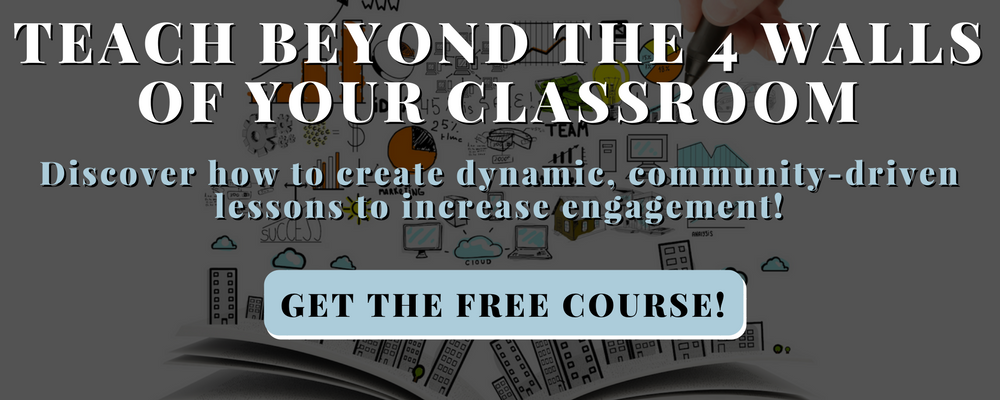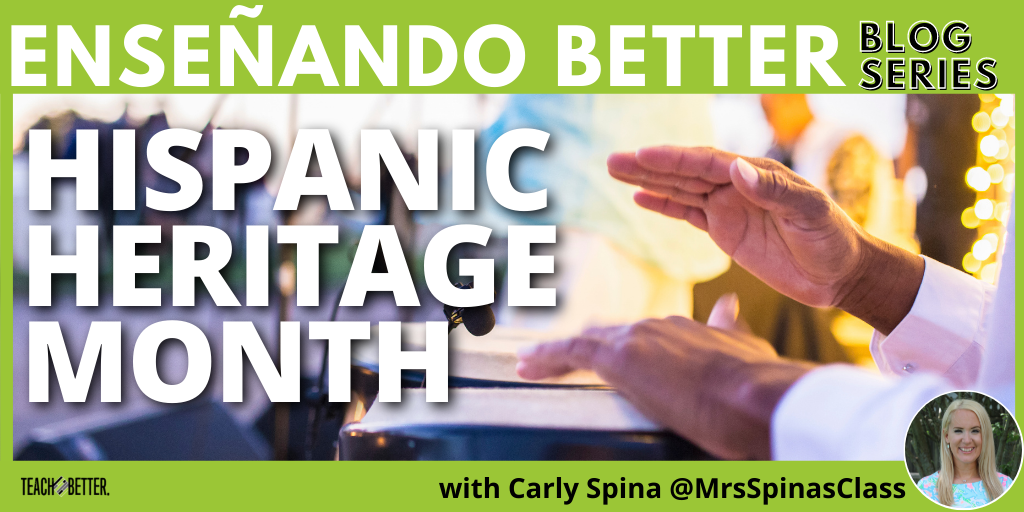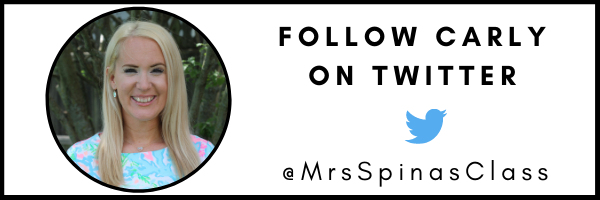TL;DR:
- Hispanic Heritage Month can be a time where we reflect on how we highlight certain communities in our learning spaces.
- Ask students which terms they prefer and why.
- Involve families as you celebrate Hispanic Heritage Month.
- Analyze classroom materials to ensure they don’t project a problematic narrative or bias.
- Enlist the support of your teammates and leadership teams to help the system grow in this effort.
Hispanic Heritage Month is a great time for us to ask ourselves how we highlight Hispanic and Latinx communities in our learning spaces…not only from September 15th – October 15th, but all year long.
Here are a few thoughts and considerations as we celebrate this school year.
Preferred Terms
If you are teaching emergent bilinguals who are Spanish-speaking, ask students which terms they prefer to use and why. Honor the terms. Some folks prefer Latina/o or Latinx. I have also seen it written as Latin@. Others prefer the term Hispanic. If a student doesn’t have a preferred term that they want to use, this is okay. As we develop in our identities and sense of self, and as we learn about the sociopolitical/historical context of the terms, our preferences may change over time. And that’s okay, too!
Families
Please remember that the families we serve and the community we serve all have so much to share. I’ve invited families to share a quote from either their family member or a favorite author or song lyric that they want to share with the students. I left it wide open (share something that inspires you/your family; share something that expresses pride in your sense of self/culture, etc.) I’ve also invited families to share photos of places or people that make up the very diverse and very rich cultures that are celebrated during Hispanic Heritage Month.
Let's continue to reflect on breaking down linguistically oppressive practices and check ourselves and each other on honoring the languages of students, families, and communities. Click To TweetMaterials
There is a tendency to center celebrations on holidays and heroes. However, we should also highlight the everyday lifestyles and contributions from the community and its members. We can also analyze classroom materials (books, articles, etc.) from the lens of the creator (author/illustrator, etc.). For example: Who is telling this narrative? Is it accurate?
I appreciate resources like Social Justice Books where I can type in a title and read a review with a rating system. This helps me determine whether or not the book presents a problematic narrative or if the work projects a bias. After using this resource a few times, I found that I was more critical of reading books through a broadened lens.
Language(s)
Do students see and hear their language(s) highlighted throughout their day, throughout their school? Are languages present and visible on the walls? Are languages flowing in the school cafeteria and also in the science lab? Do we celebrate when non-Hispanic/Latinx students speak in Spanish but then moments later silence native Spanish speakers when they utilize their heritage language?
Let’s continue to reflect on breaking down linguistically oppressive practices and check ourselves and each other on honoring the languages of students, families, and communities. On a related note, all types, forms, varieties, dialects, and vernaculars of language are valuable.
“But None of My Students Are Hispanic/Latinx”
Please remember that it is important that we learn a lot when we are taught about cultures different than our own. I don’t have to share an identity with a culture to recognize its richness, its value, its importance.
[scroll down to keep reading]
Cultural Icebergs
We can celebrate without tokenizing by identifying all of the different pieces that make up a culture. Every piece is important, but we can look at images like the Cultural Iceberg (Hall 1976). As we highlight various factors like favorite foods or values, we can identify where on the iceberg the piece is. We can analyze our classroom or school’s celebration of Hispanic/Latinx Heritage Month by noting how much surface-level culture is elevated and how much deep culture is shared.
Grow Yourself, Grow Your System
Take an inventory (or perhaps invite students, families, or community members to do this with you) for how often throughout the school year you elevate the work of Latinx folks across your content areas. Enlist the support of your teammates and leadership teams to help the system grow in this effort.
References
Hall, E. T. (1976). Beyond culture.
“Multicultural and Social Justice Books.” Social Justice Books, 27 Jan. 2021, socialjusticebooks.org/.
About Carly Spina
Carly Spina has 15 years of experience in Multilingual Education, including her service as an EL teacher, a third-grade bilingual classroom teacher, and a district-wide EL/Bilingual/Dual Language Instructional Coach. She is currently serving educators and leaders across the state of Illinois in her role as an Education Specialist for the Illinois Resource Center. Spina has engaged in the successful co-creation of several parent outreach programs, tutoring programs for students in grades 3-5, mentoring programs for middle school students, co-teaching initiatives, and more. She is deeply passionate about equity and advocacy for multilingual learners and fights for access and inclusive opportunities for kids and families.
Spina actively fights against food insecurity in her community. She enjoys speaking at various national conferences and events and has received several awards over the years, including the Illinois Education Association Reg Weaver Human & Civil Rights Award in 2015 and the Distinguished Service Award for Excellence in the Team Category for EL Community Engagement in 2019. She was the WIDA Featured Educator in April 2019 and was named a Paul Harris Fellow in July of 2019. Spina is an active member of the EL/Bilingual community on social media and enjoys networking and growing with teachers and leaders across the country. She is currently working on her first book with EduMatch Publishing.



